Soy infant formula should only be used as a last resort.
That’s the warning the Israeli Health Ministry, French Food Agency, British Dietetic Association and other government bodies have given parents and pediatricians.
(Please, if you used soy for a time – like I did – do not live in guilt or feel judged. You will find none of that here, just information to help next time! We just didn’t know and now we do, so we can do better.)

Parents who have chosen to bottle feed are often afraid to use a dairy formula with a new infant.
Still it is estimated that 50 percent of infants who are allergic to cow’s milk are also allergic to soy. Also, soy-based formulas contain corn syrup, and corn is a frequent allergen.
For this reason, the Committee on Nutrition of the American Academy of Pediatrics still recommends against the use of soy formula in infants who are potentially allergic to cow’s milk.
Why It’s NOT Good to Feed Your Baby Soy In General:
(We’ll Get To Boys vs Girls In A Minute)
There are three reasons to refrain for going the soy route: the last reason being the worst of all.
1. Phytic acid is present in the seed coat of all seeds and blocks the absorption of critical minerals like calcium, magnesium, iron and particularly zinc. Soybeans have extremely high amounts, and it is unusually resistant to breaking down.
As early as 1967, researchers testing soy formula found that it caused negative zinc balance in every infant to whom it was given.
Zinc is the intelligence mineral; it is required for optimal brain and neurological development. As a result, deficiency of this nutrient in infants at a time when the brain is growing at its most rapid rate could have lifelong implications and possibly reduce IQ.
2. Like phytic acid, trypsin inhibitors are present in large amounts in soybeans. These inhibit digestion and absorption of nutrients. In the manufacturing process, trypsin inhibitors need application of high heat for extended periods of time to break down, but some remain in the final product and studies show their presence prevents normal growth in baby rats.
Knowing that a baby’s brain and nervous system grows to about 75% of its full size in the first year, any retardation of normal growth development is counter to helping your child reach his or her full potential.
3. The biggest danger of using soy is the phytoestrogens (plant estrogens called isoflavones) found in all soybeans whether organic, conventional or GMO. While these are not bioidentical to human estrogens, they are close enough to cause hormone disruption, and could potentially affect and alter an infant’s developing brain and physiology. [see studies below -1,2,3,4,5,6]
Daniel Sheehan, PhD, the retired senior toxicologist at the US FDA’s National center for Toxicological Research, made it clear when he stated that, “infants fed soy-based formulas have been placed at risk in a large, uncontrolled and basically unmonitored human infant experiment!”
Baby Boys On Soy Infant Formula
The phytoestrogens in soy can interfere with the testosterone surge that occurs during a boy’s first 3-4 months of life. So much testosterone at this age is needed to program males for puberty, the time when their sex organs should develop and he should begin to express the male characteristics of facial hair, pubic hair, and deepening voice.
Boy’s receptor sites are intended for the hormone testosterone, but if they are occupied by soy estrogens instead, appropriate development may never takes place.
Sales of soy infant formula have seen a steep growth trend for more than 30 years, so it is probably not coincidental that pediatricians are reporting greater numbers of boys whose physical maturation is either delayed or does not occur at all. Breasts, behavioral problems, underdeveloped gonads, and cryptorchidism (undescended testicles) are increasingly common. sperm counts are way down, and sperm quality has also declined. [8]
Pediatricians are seeing so many of these over-estrogenized boys today that they’ve come up with the term “Developmental Estrogenization Syndrome.” [9]
Sadly, soy infant formula is not the only culprit.
Environmental chemicals in plastics, pesticides, factory-farmed meats and fluoridated tap water all play roles in the estrogenizing of our men.
Abundant soy phytoestrogens from infancy also have been linked to rising rates of ADD/ADHD, learning disabilities, and visual spatial difficulties. [10,11,12]
Baby Girls On Soy Infant Formula
We’ve seen a tremendous rise in precocious puberty, which is defined as puberty occurring in girls under the age of 7. [14] In 1901, the normal age of onset of menses was 13-14. Environmental estrogens from plastics and pesticides have also been implicated.
These little girls are potentially being robbed of their carefree girlhood. Soy formula-fed baby girls are more likely to have lifelong menstrual and reproductive problems (primarily longer and more painful periods), anovulatory cycles (cycles in which no egg is released), amenorrhea (failure to menstruate), impaired follicular development (follicles failing to mature and develop into healthy eggs), erratic hormonal surges, changes in fertility, and other problems.
As breast tissue depends on estrogen for development and functioning, the presence of soy estrogens at a susceptible time likely predispose girls to breast cancer. [15,16]
Finding Direction in a Minefield
It’s outrageous that most conventional baby formulas in the store contain GMOs (via corn and soy) and milk from cows treated with antibiotics or artificial growth hormones. Even organic formulas aren’t great with some containing carrageenan, synthetic preservatives, refined sugars with detectable levels of arsenic, and DHA extracted with hexane.
I’ve talked with parents who mistakenly believe that genetically-modified soy is the main problem and that buying organic soy infant formula is protective for their infant. In a helpful and detailed read, nutrition expert Charlotte Vallaeys explores what organic formulas offer as a safer alternative.
The BEST Alternatives To Consider Including WAPF’s Broth-Based Formula
Several Mamas I know have made their own baby formula (Weston A. Price Foundation has several recipes). In the event your baby has a true milk allergy, a video shows how to make a hypoallergenic meat based formula. And HERE!
Soy infant formula should be used only when all other options are exhausted…as a last resort.
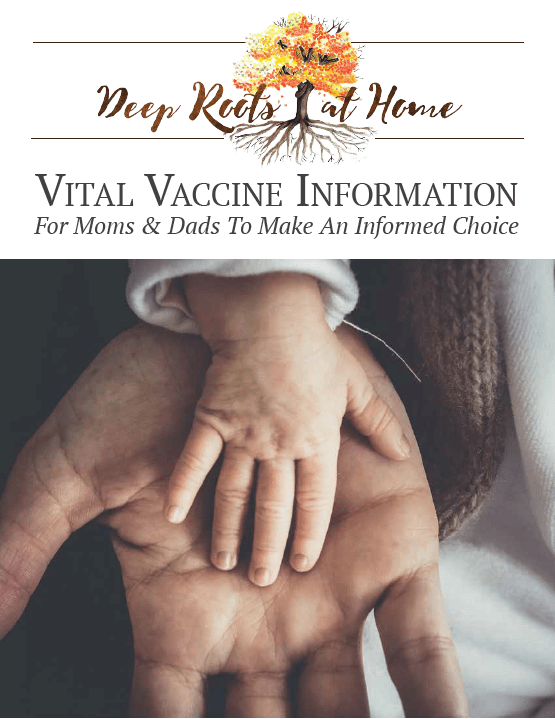
Please read ALL organic labels…some use soy and some don’t. Know your product!
- 170 Scientific Reasons to Lose the Soy in Your Diet
- Homemade Goats Milk Formula for Babies
- How neonatal plant estrogen exposure leads to adult infertility
- Ask Dr. Sears: Soy Formulas?
- Daniel, Kaayla T. op cit, 331–378. Overview of the scientific literature on the effects of soy formula and soy foods on male and female reproductive system development with 201 references.
- Ibid. 295-309 and 331-378.
- Franke, AA, Custer LG et al. Quantification of phytoestrogens in legumes by HPLC. J Agric Food Chem, 1994, 42, 1905-13.
- Markiewicz J, Garey J et al. In vitro bioassays of non-steroidal phytoestrogens. J Steroids Biochem Mol Biol, 1993, 45, 5, 399-405.
- Irvine CHG, Fitzpatrick MG, Alexander SL. Phytoestrogens in soy-based infant foods: concentrations, daily intake and possible biological effects. Proc Soc Exp Biol Med, 1998, 217, 247-253.
- Setchell KDR, Zimmer-Nechemias L et al. Exposure of infants to phytoestrogens from soy infant formula. Lancet, 1997, 350, 9070.
- Office of the Swiss Federal Health Service Bulletin #28, July 20, 1992.
- Sharpe R, Shakkeback N. Are oestrogens involved in falling sperm counts and disorders of the male reproductive tract? Lancet, 1993, 341, 1292-1345.
- Baskin, Laurence, ed. Hypospadias and Genital Development, Advances in Experimental Biology and Medicine, vol 545. (N.Y. Kluwer Academic/Plenum Publishers, 2004. The definitive textbook.
- Daniel, Kaayla T. op cit, 331–378. Overview of the scientific literature on the effects of soy infant formula and soy foods on male and female reproductive system development with 201 references.
- Hines M. Hormonal and neural correlates of sex-typed behavioral development in human beings. In Marc Haug, ed. The Development of Sex Differences and Similarities in Behavior (Dordrecht, Kluwer Academic, 1993). 131-147.
- Harrison PJ, Everall IP et al. Is homosexuality hardwired? Sexual orientation and brain structure. Psych Med, 1994, 24, 811-16.
- Lund TD, West TW et al. Visual spatial memory is enhanced in female rats BMC Neurosci, 2001, 1, 1-13.
- Giddens, Herman et al. Secondary sexual characteristics and menses in young girls seen in office practice. Study from the Pediatric Research in Office Settings Network, 1997, 99, 4, 505-512.
- Fallon, S, Daniel KT, Sanda W. Responses to Docket 2004Q-0151 Solae Company Health Claim on Cancer. Documents submitted to the FDA, June 14, 2004, January 20, 2005 and April 11, 2005. Posted at www.westonaprice.org under “Soy Alert.”
- Daniel, Kaayla T. The Whole Soy Story: The Dark Side of America’s Favorite Health Food (New Trends, 2004). Includes about 200 real-life horror stories that will make you run screaming into your kitchen and toss out anything with soy on the label!
©2024 Deep Roots at Home • All Rights Reserved


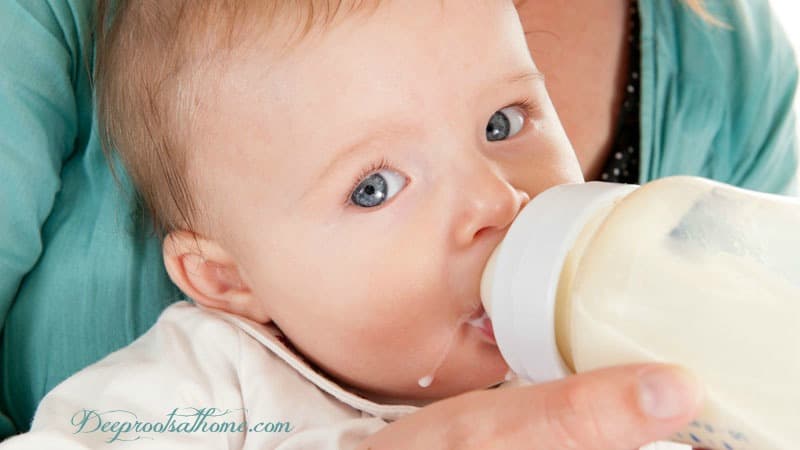

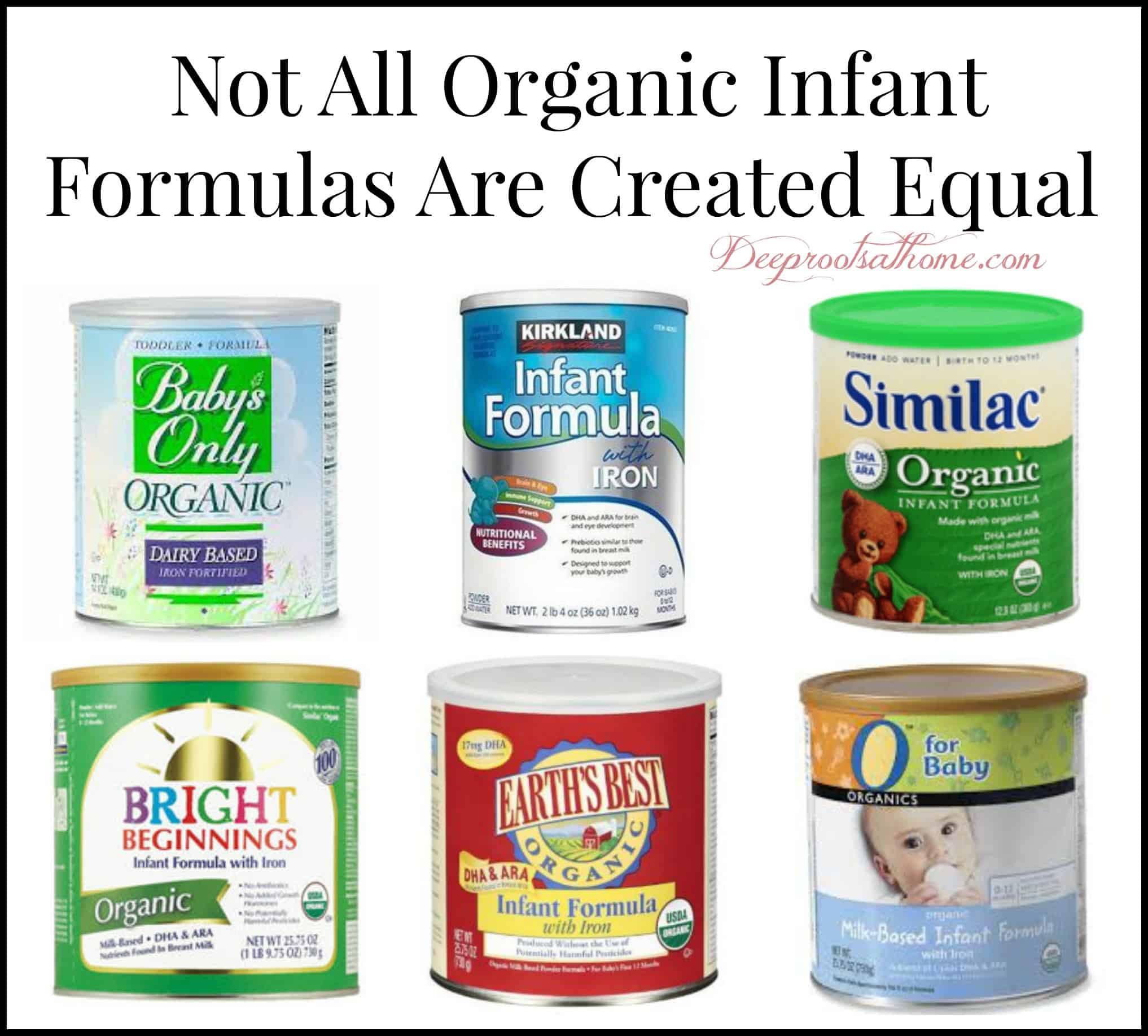
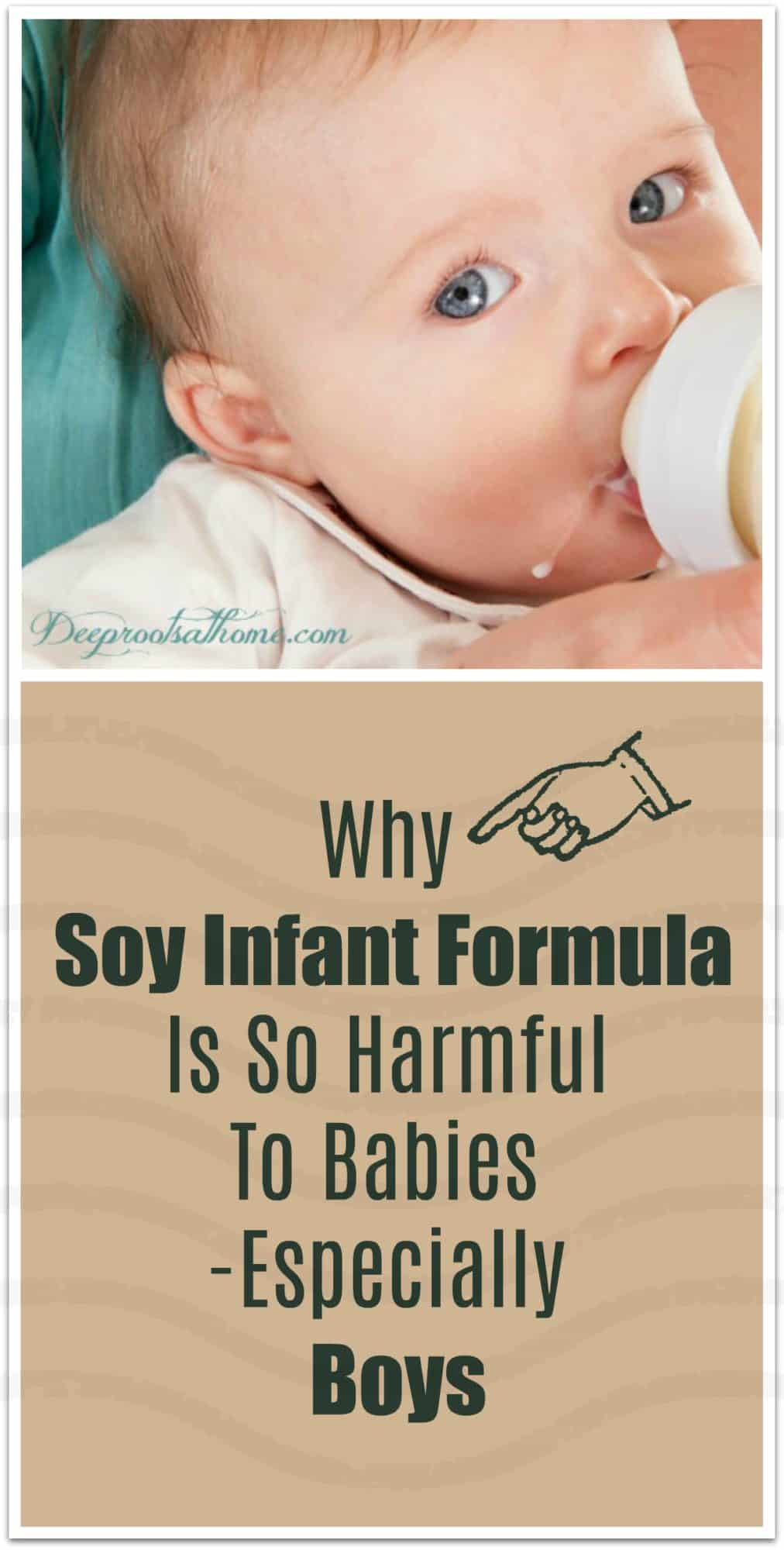

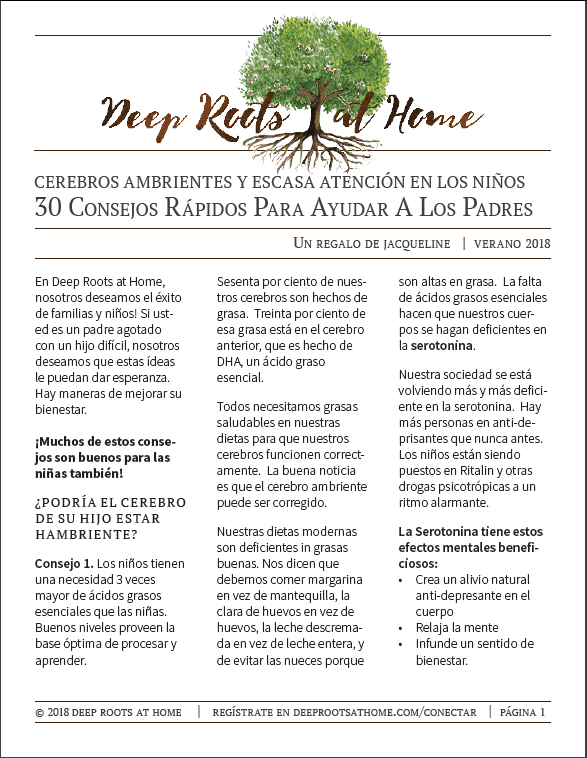



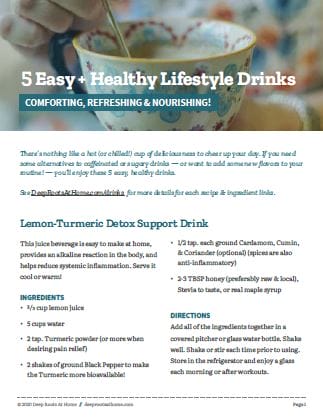
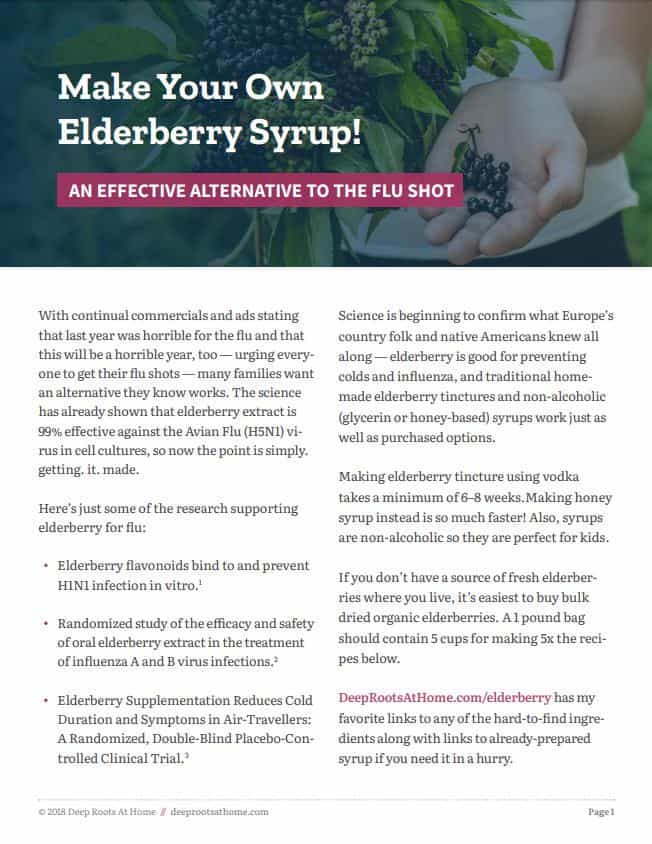


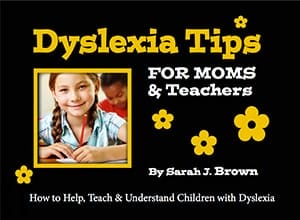
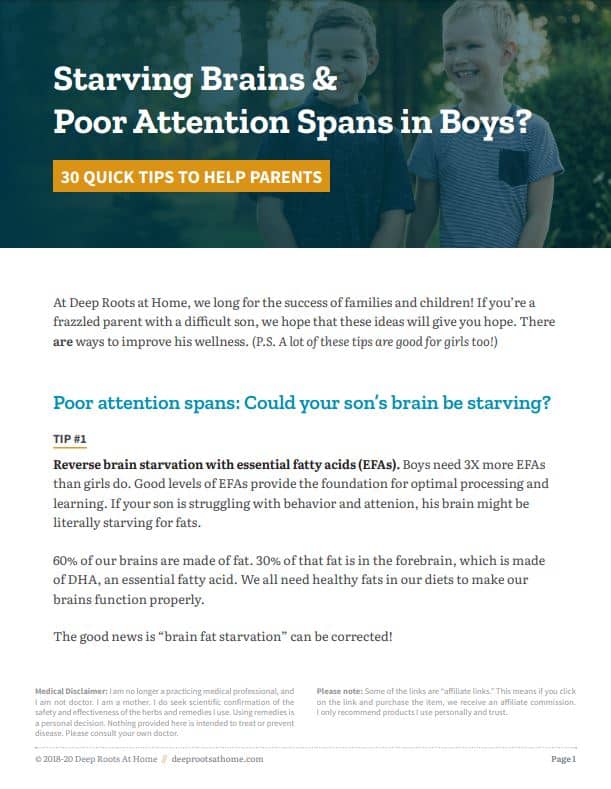
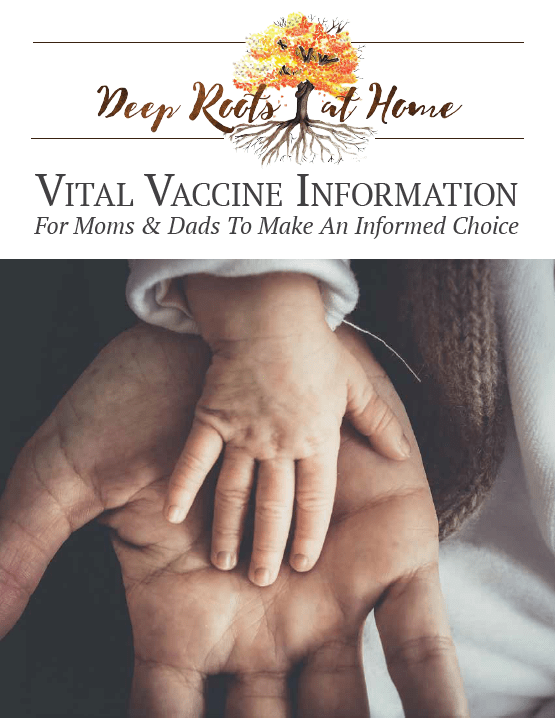

Related